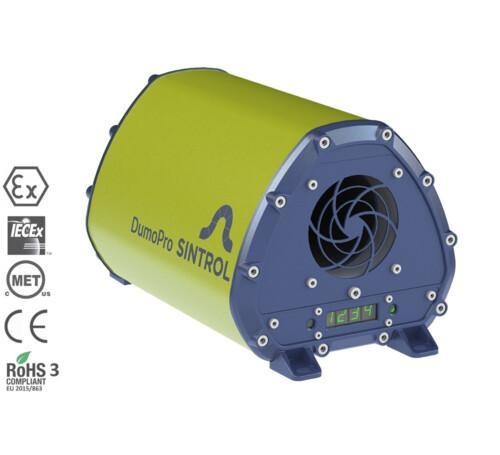In the mining sector, the control and management of dust are paramount for ensuring the safety, health, and productivity of workers, as well as the sustainability of operations. Dust generated during mining activities can have detrimental effects on both the environment and human health. This blog post highlights the importance of dust monitoring in the mining sector and emphasizes the benefits it brings to the industry.
Protecting Worker Health and Safety
Mining operations often involve various processes that generate significant amounts of dust, such as drilling, blasting, crushing, and transportation of materials. Exposure to excessive dust levels can lead to respiratory problems, including silicosis, chronic obstructive pulmonary disease (COPD), and other lung diseases. By implementing comprehensive dust monitoring programs, mining companies can identify areas with high dust concentrations and take necessary measures to mitigate risks, such as improved ventilation, use of personal protective equipment, and modifications to operational practices.
Compliance with Regulations and Standards
Mining operations are subject to stringent regulations and standards set by government agencies and industry bodies to ensure worker safety and environmental protection. Dust monitoring plays a crucial role in demonstrating compliance with these regulations. By monitoring dust levels and implementing appropriate control measures, mining companies can meet regulatory requirements, avoid penalties, and maintain a positive reputation within the industry.
Environmental Impact and Sustainability
Excessive dust emissions from mining activities can have significant environmental impacts. Dust particles can settle on surrounding vegetation, water bodies, and residential areas, leading to ecosystem disturbances and potential health hazards for nearby communities. Dust monitoring allows mining companies to assess their environmental footprint and take proactive measures to minimize dust emissions. This can include implementing dust suppression techniques, utilizing advanced dust control technologies, and adopting best practices for dust management, thereby reducing the overall impact on the environment and promoting sustainable mining practices.
Optimization of Operations
Effective dust monitoring provides valuable data that helps mining companies identify patterns and trends in dust generation. This data can be utilized to optimize operational processes and reduce dust generation at its source. By identifying areas with excessive dust emissions, companies can make informed decisions about equipment modifications, process adjustments, and the implementation of engineering controls to minimize dust release. Improved operational efficiency not only enhances worker safety and environmental sustainability but also contributes to cost savings and increased productivity.
Community Engagement and Social Responsibility
Mining companies have a responsibility to engage with local communities and address their concerns regarding dust emissions. By investing in dust monitoring and control measures, mining companies demonstrate their commitment to protecting the health and well-being of nearby residents. This proactive approach fosters positive relationships with communities, enhances social license to operate, and reduces potential conflicts.
Dust monitoring is a critical component of responsible mining practices. It enables mining companies to safeguard worker health and safety, comply with regulations, minimize environmental impacts, optimize operations, and engage with communities effectively. By prioritizing dust monitoring, the mining sector can demonstrate its commitment to sustainable and responsible mining practices, contributing to the overall well-being of workers, nearby communities, and the environment.



